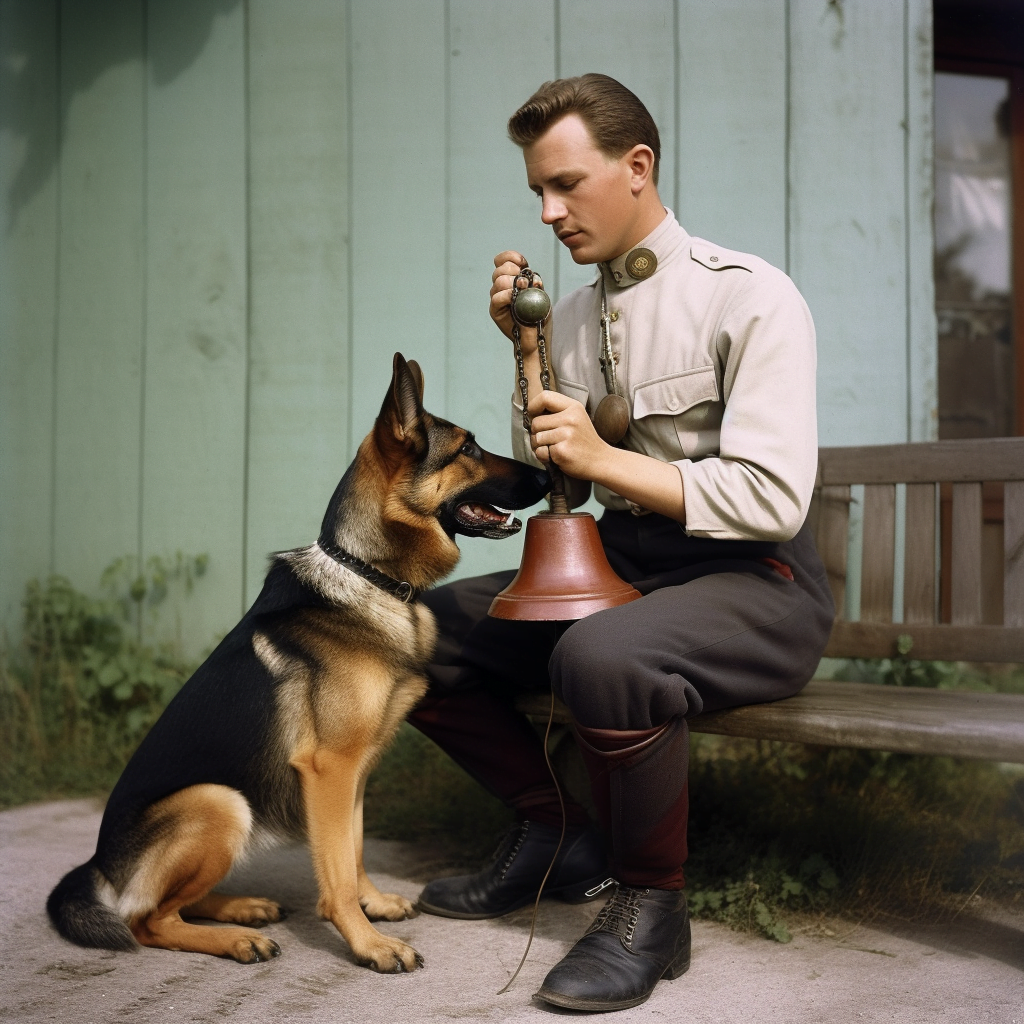
Respondent behavior is when an organism responds to stimuli and is often vital to its survival. It’s also an involuntary action, like when our pupils change shape after being exposed to sunlight, in order to prevent the sun from rendering us blind. Examples of some functions of respondent behavior are internal organ self-regulation, like the heartbeat, sweating, sleeping, and sexual arousal.
Respondent Behavior and Pavlov’s Dog: A Drooling Story
One of the most well-known studies in respondent behavior comes from a scientist named Ivan Pavlov. In a nutshell, Pavlov discovered that if he rang a bell while giving dogs some tasty treats, the dogs would start drooling when they heard the bell, even if no treats were in sight. This drool-worthy discovery is known as “classical conditioning” and it showcases how respondent behavior can be triggered by something that wasn’t originally connected to that behavior.
The Big Players: Stimulus and Response
To better understand respondent behavior, it’s essential to get familiar with two main characters in the story: the stimulus and the response. A stimulus is anything that causes a reaction, like the bell in Pavlov’s experiment. The response, on the other hand, is the reaction itself, such as the drooling dogs. The more often a stimulus and response occur together, the stronger the connection becomes.
Types of Respondent Behavior: Reflexes and Conditioned Responses
There are two types of respondent behavior: reflexes and conditioned responses. Reflexes are automatic reactions that happen without thinking, like blinking or sneezing. On the other hand, conditioned responses are learned reactions that develop over time, like Pavlov’s drooling dogs.
Making Connections: How Respondent Behavior Gets Its Start
The magic of respondent behavior happens when a neutral stimulus, like the bell, gets paired with a naturally occurring stimulus, like the food. When these two stimuli are consistently linked together, the organism (in this case, the dog) starts to associate them. Eventually, the neutral stimulus alone can produce the same response as the natural stimulus. In Pavlov’s experiment, the sound of the bell became enough to make the dogs drool, even without the food.
Breaking Free: The End of Respondent Behavior
Just as respondent behavior can be learned, it can also be unlearned through a process called “extinction.” If the neutral stimulus (the bell) stops being paired with the natural stimulus (the food), the organism will eventually stop responding to the neutral stimulus. In other words, if Pavlov stopped giving the dogs treats when he rang the bell, they would eventually stop drooling at the sound of the bell.
Examples of Respondent Behavior in Everyday Life
Now that the stage has been set, it’s time to look at some examples of respondent behavior in action. These are things that happen all the time, whether it’s realized or not.
The Fearful Bunny: A Tale of Learned Fear
Imagine a bunny happily munching on a carrot when suddenly, a loud noise frightens it. After a few more times of hearing the loud noise while eating, the bunny might start to get scared every time it sees a carrot, even if there’s no noise. That’s because the bunny has learned to associate the carrot with the scary noise.
The Sweet Taste of Success: A Story of Cravings
Ever notice how certain smells or tastes can bring back memories or feelings? That’s respondent behavior at work. For example, if a person has always enjoyed a particular candy during happy moments, they might start to feel happy every time they taste that candy, even if they’re having a bad day.
The Soothing Sounds of Sleep: A Lullaby for Rest
Many people use soothing sounds or music to help them fall asleep. Over time, their brains learn to associate those sounds with relaxation and sleep, making it easier to drift off when they hear them. That’s an example of a conditioned response in action.
In conclusion, respondent behavior is a fascinating aspect of psychology that demonstrates how organisms can learn to react to certain stimuli in their environment. From Pavlov’s drooling dogs to the bunny that fears carrots, respondent behavior showcases the incredible power of association and learning. By understanding how these connections are made and broken, it becomes easier to see how our own behaviors and reactions are shaped by the world around us. So, the next time a particular smell, sound, or taste triggers a memory or emotion, take a moment to appreciate the wonder of respondent behavior in action.




